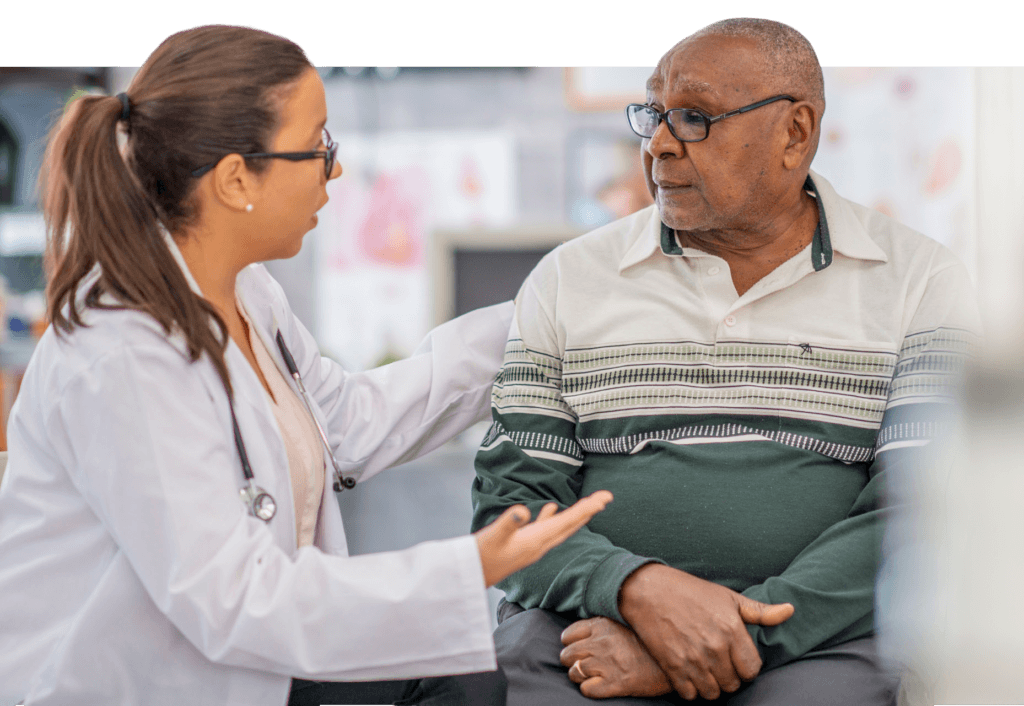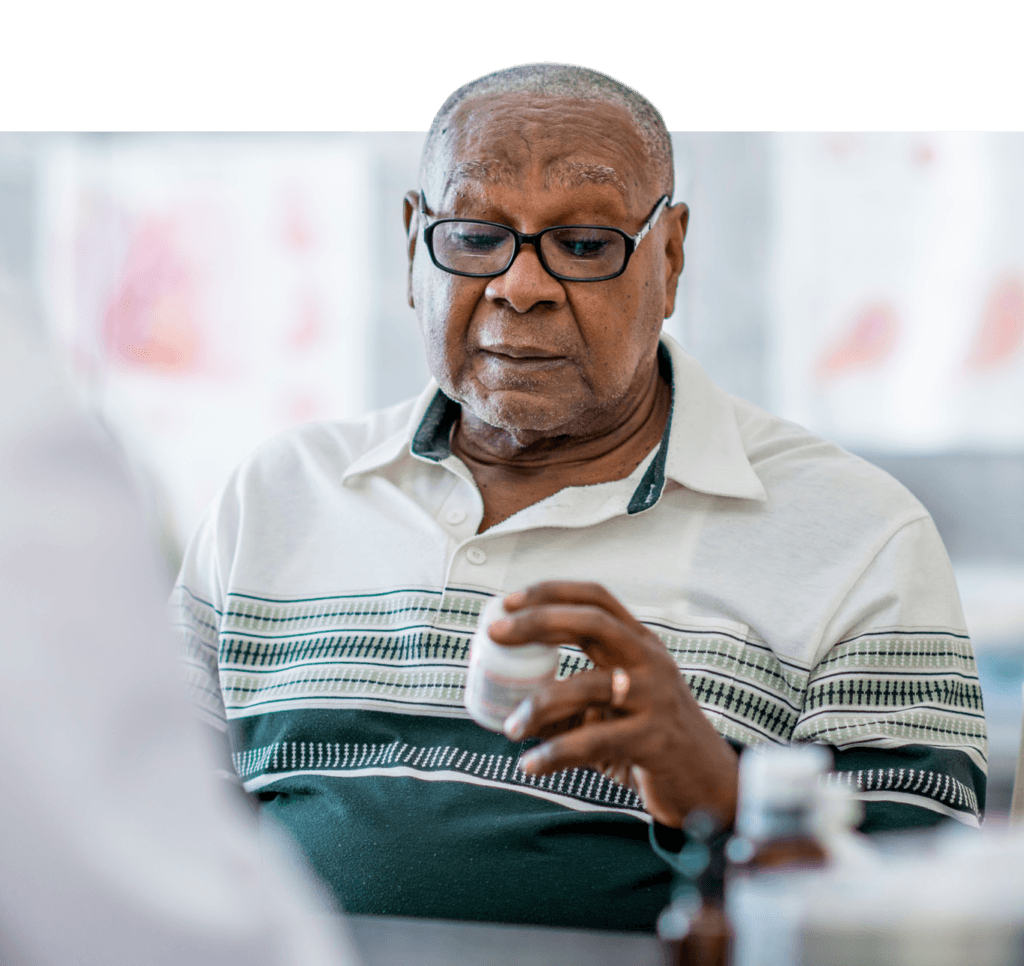
Education
“We are proud to provide this education section on tuberculosis and the role that accurate diagnostics can play in controlling and eventually eradicating this disease. As you will read, the statistics of tuberculosis are staggering – the human cost of this disease is profound. The stories from TB survivors bring home the impact that this disease has on individual lives. For the last 18 years all of us at Oxford Immunotec have dedicated ourselves to diagnosing this disease better so that we can help people like Shaka, Kate and Khayr. We are proud to play our small part in this big problem.”
Peter Wrighton-Smith, CEO, Oxford Immunotec

Who to test for tuberculosis (TB)1
Testing plays a vital role in finding and treating both latent tuberculosis infection (LTBI) and active TB disease. It is essential to test those at high-risk, a category which includes those with weakened immune systems. It is also important to test those who have been exposed to TB or have friends and family with the disease. Finally, people who live or work in certain settings that put them at higher risk for TB should be looked at for screening and treament as well, like healthcare workers or immigrants from high-burden countries.2,3
Tools for testing4
For many years, there was only one way to test for TB: the tuberculin skin test (TST). This is no longer the case, as there are now two categories of tests to detect TB infection: the TST and interferon-gamma release assays (IGRAs), including the T-SPOT.TB test, QuantiFERON®-TB Gold Plus test (QFT®-Plus), and LIAISON® QuantiFERON-TB Gold Plus (LIAISON QFT-Plus). All of these tests are used as diagnostic aids in determining the presence of latent or active TB.


Who to treat5
For those with active TB disease, the decision to treat is vital to the survival of the patient. For those with LTBI, however, it is less straightforward. In 2018, the United Nations (UN) General Assembly convened their first ever meeting on TB. The theme of the meeting was, “United to end tuberculosis: an urgent global response to a global epidemic.” The meeting endorsed a declaration aimed at accelerating the pace of the global fight to end TB.6
Why to treat7
After testing, treatment is the next step in the fight against TB. Treating the disease is an essential piece in the battle to stop it from spreading. While treatment can be difficult and lengthy, it is easier and quicker to treat LTBI than it is to treat active disease. What are the consequences of failing to treat LTBI? Learn more about LTBI and why treatment is recommended by many experts:
